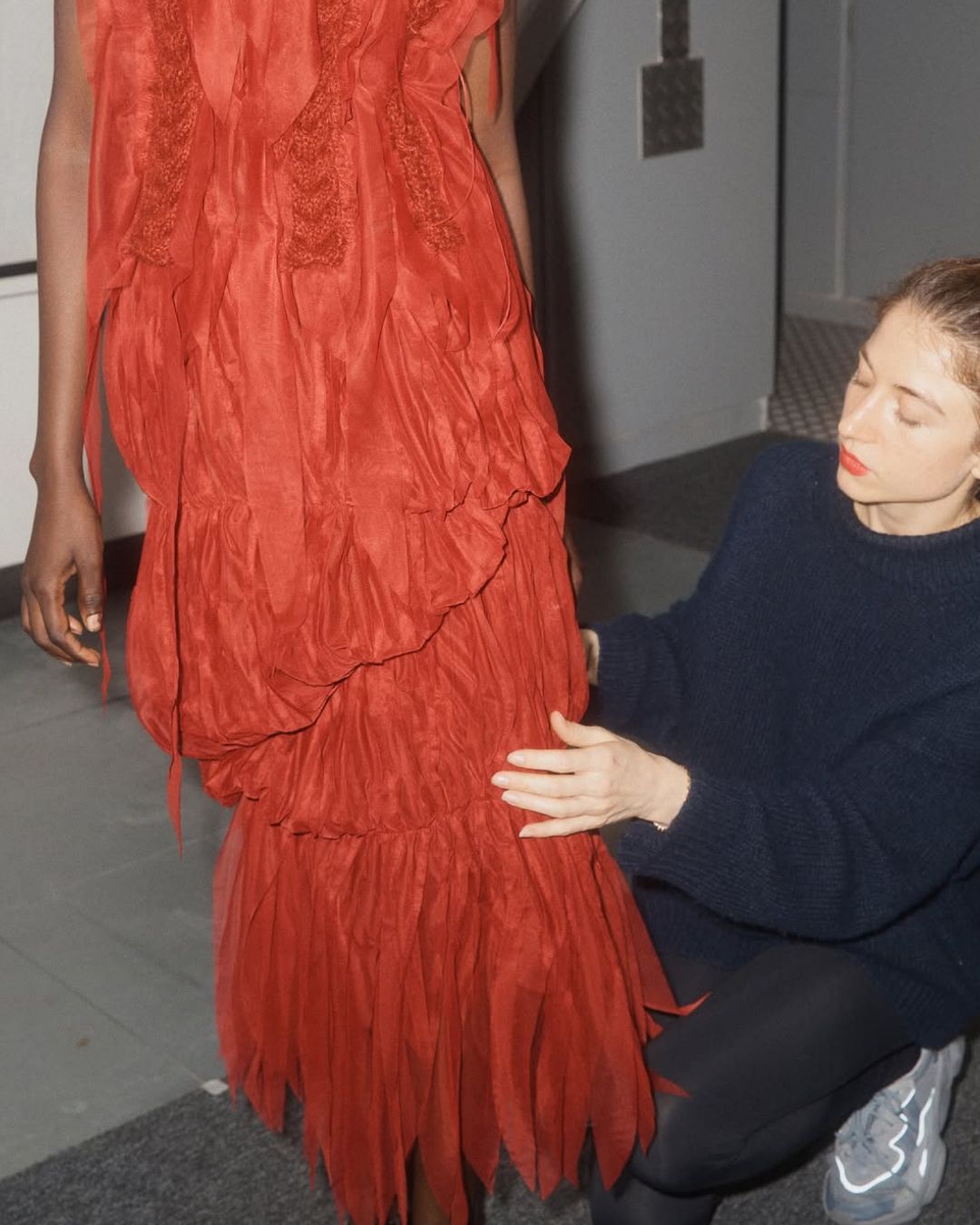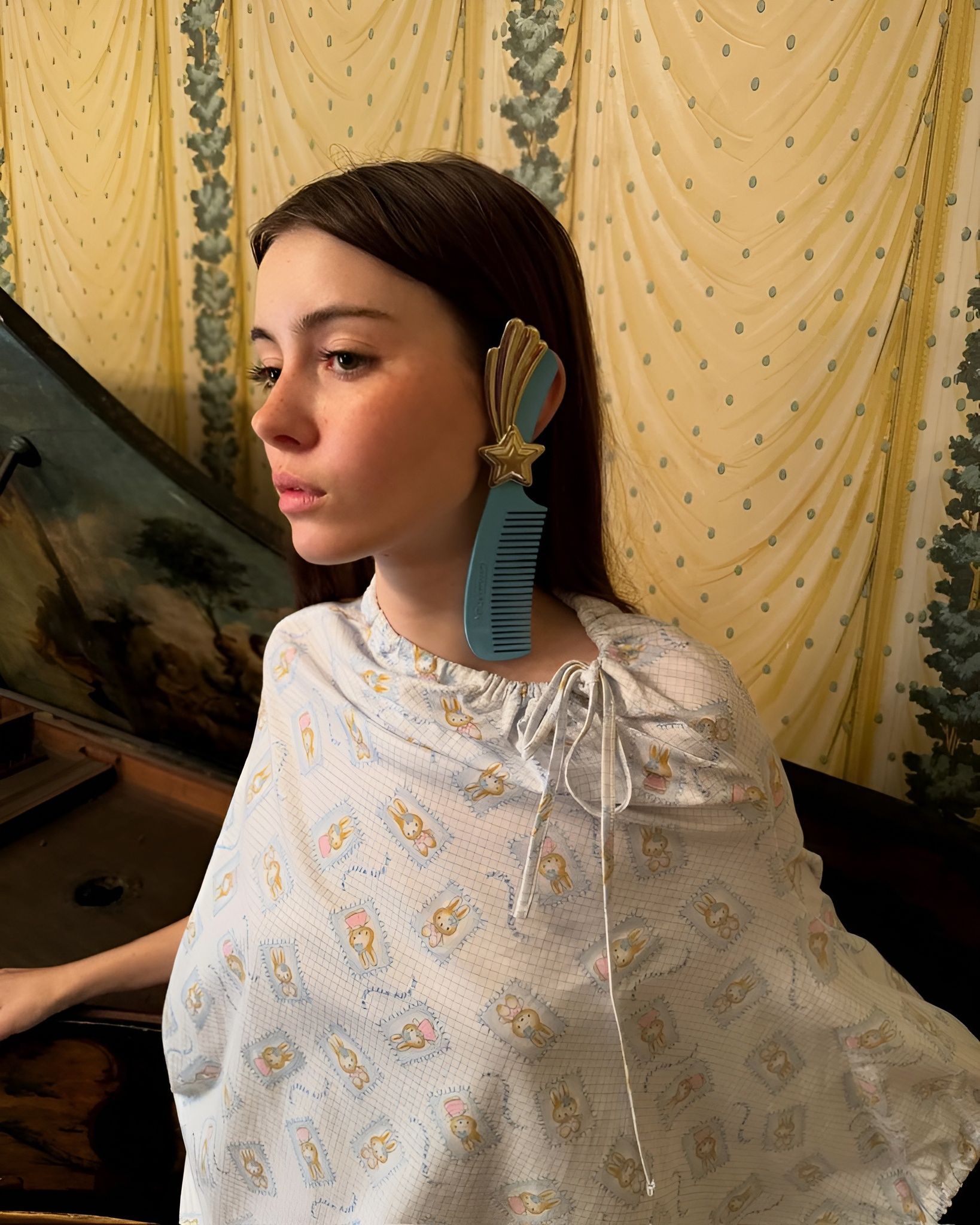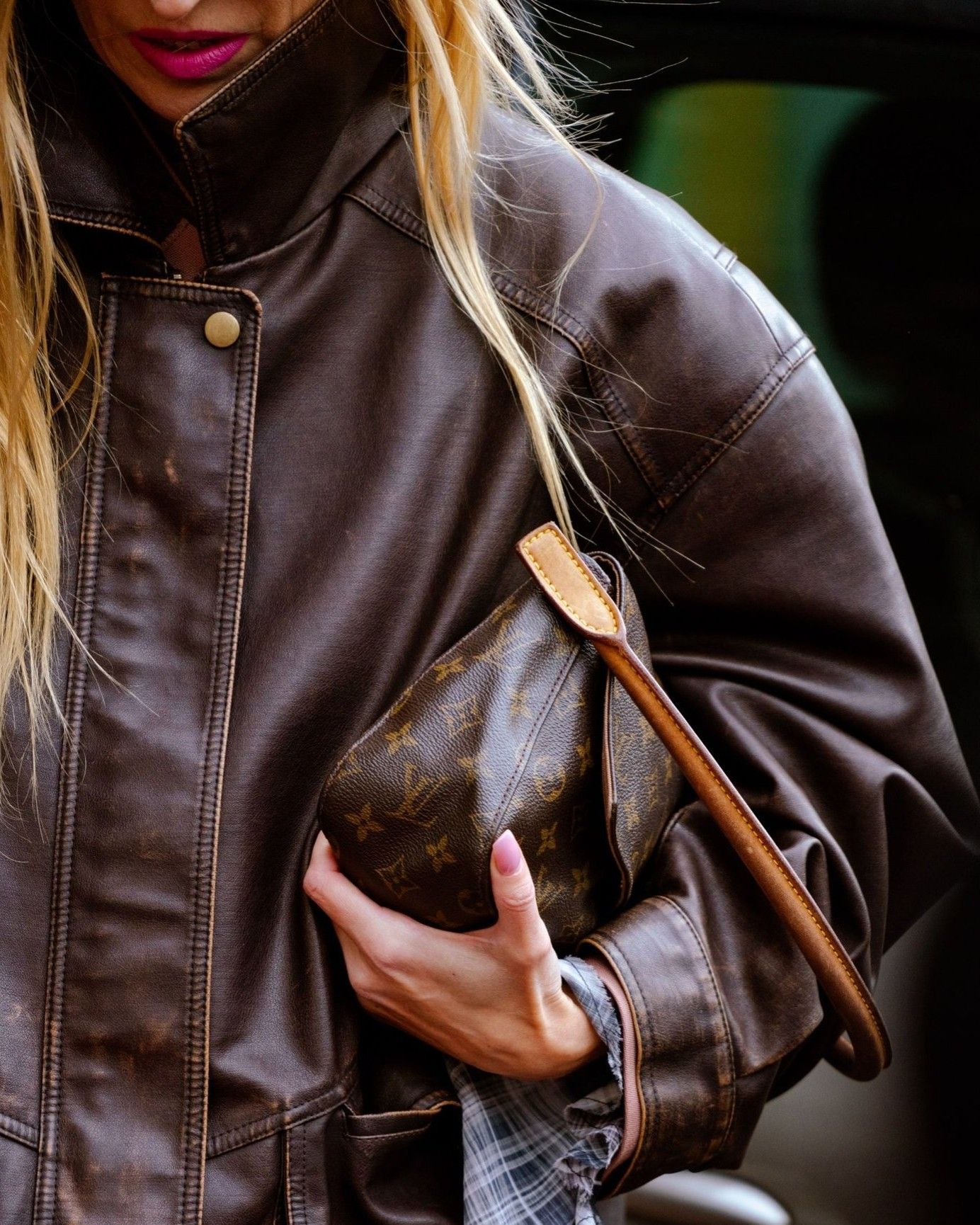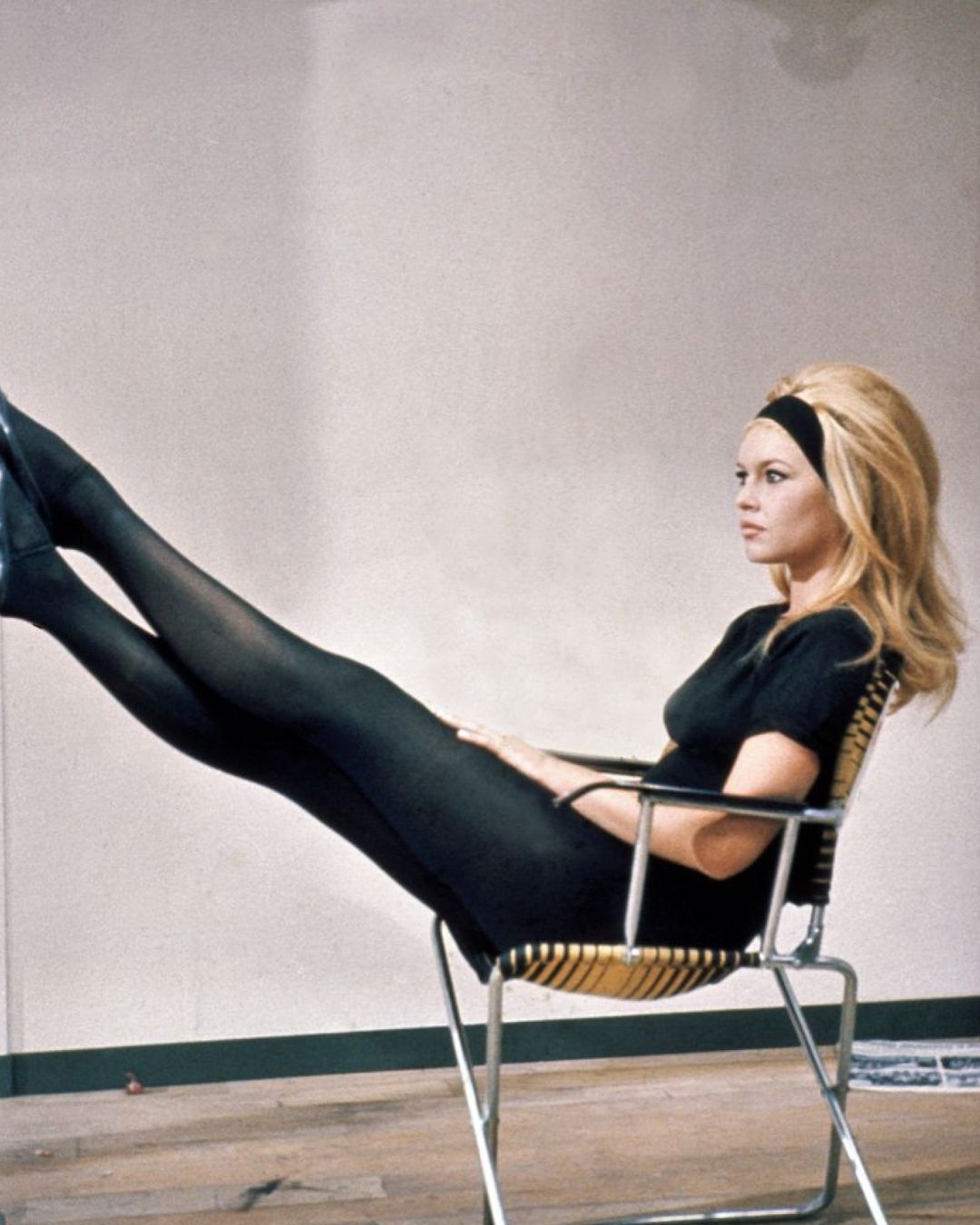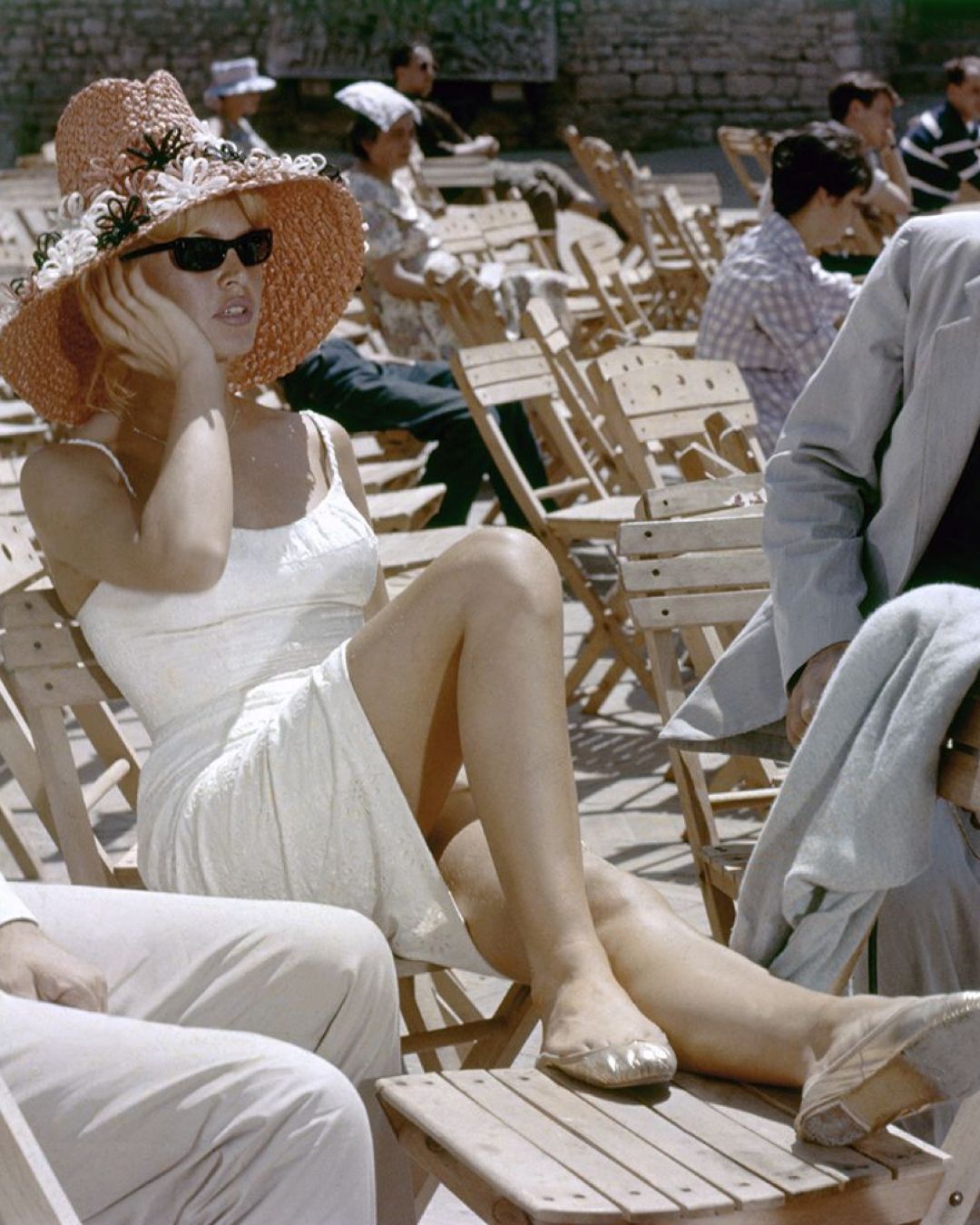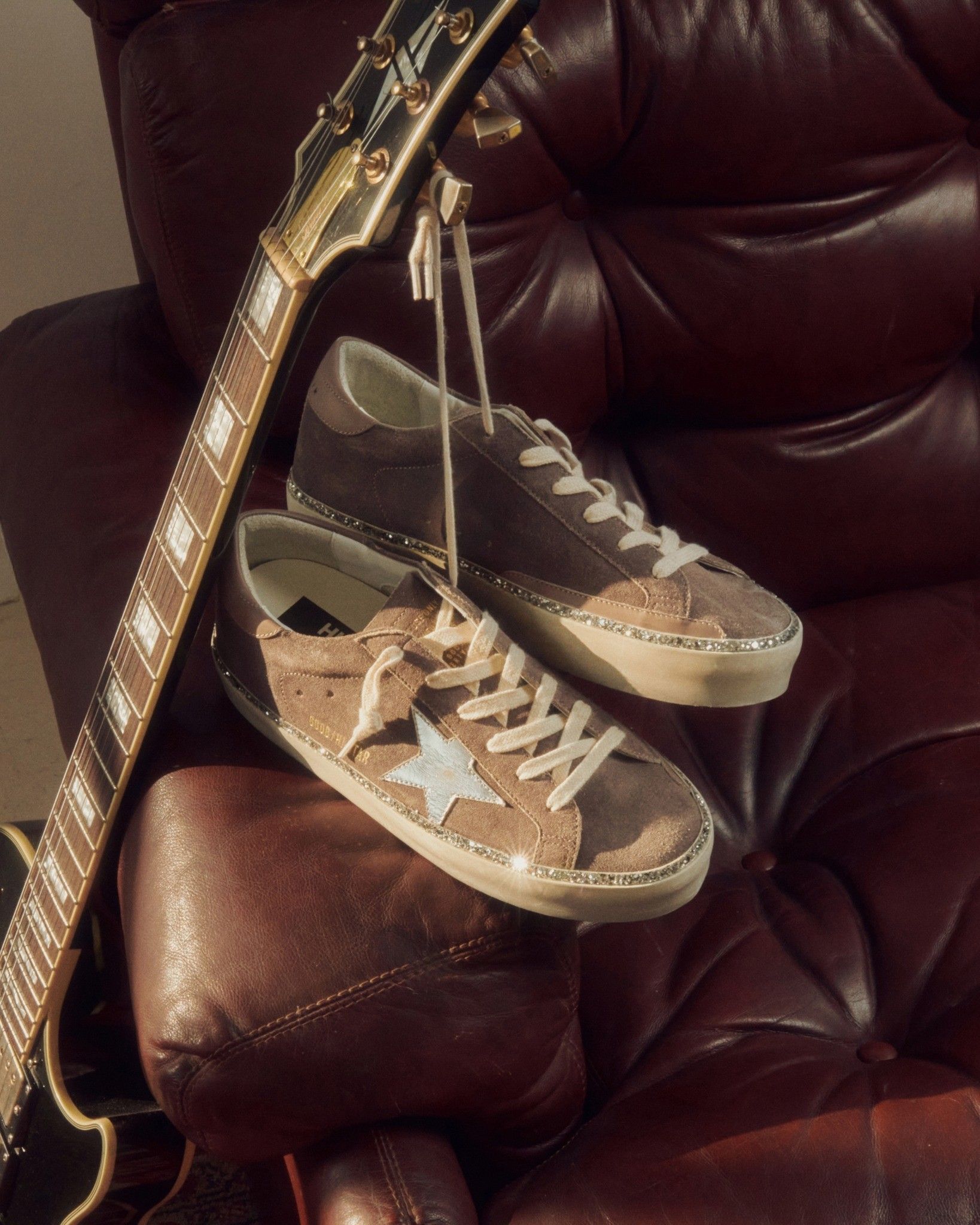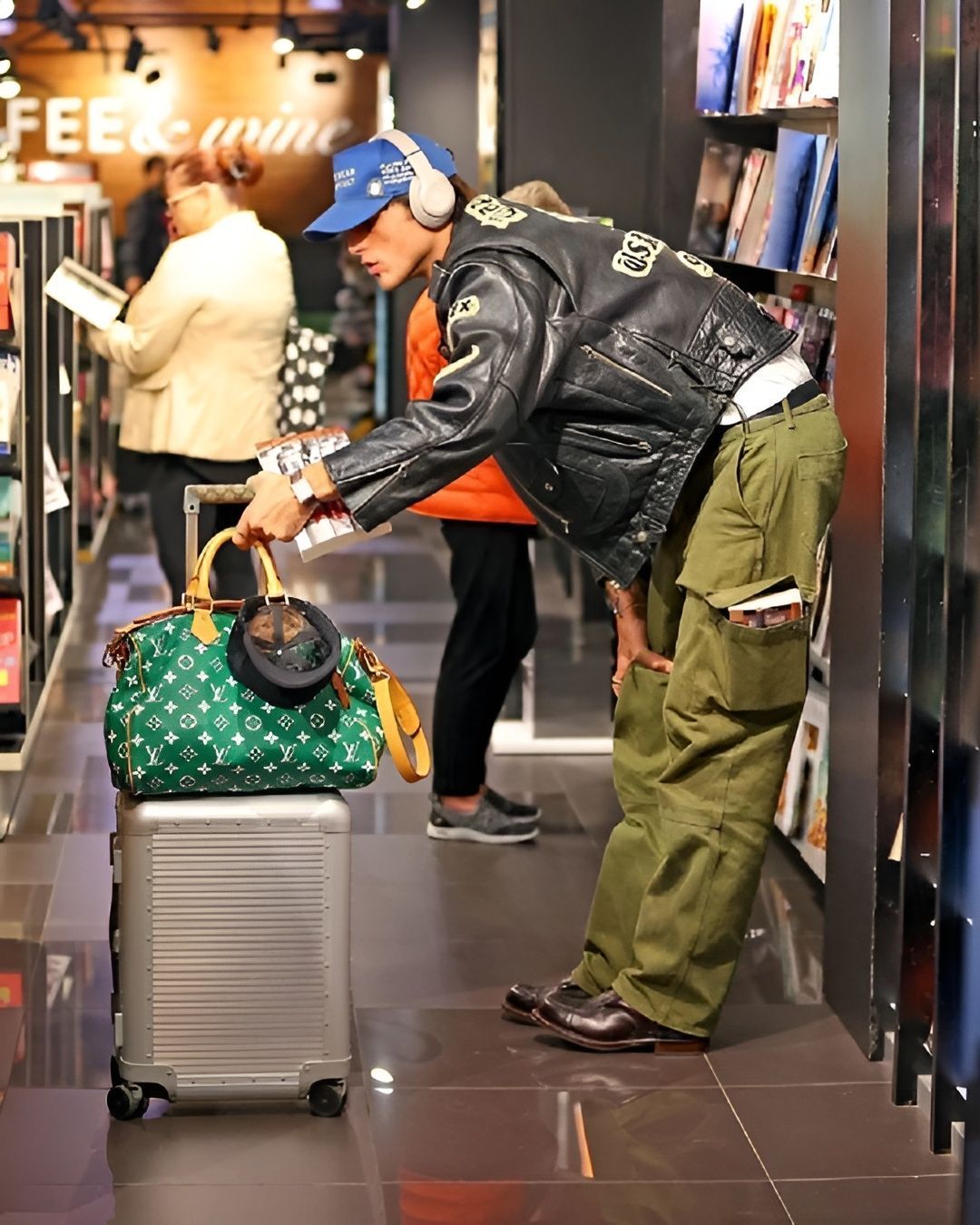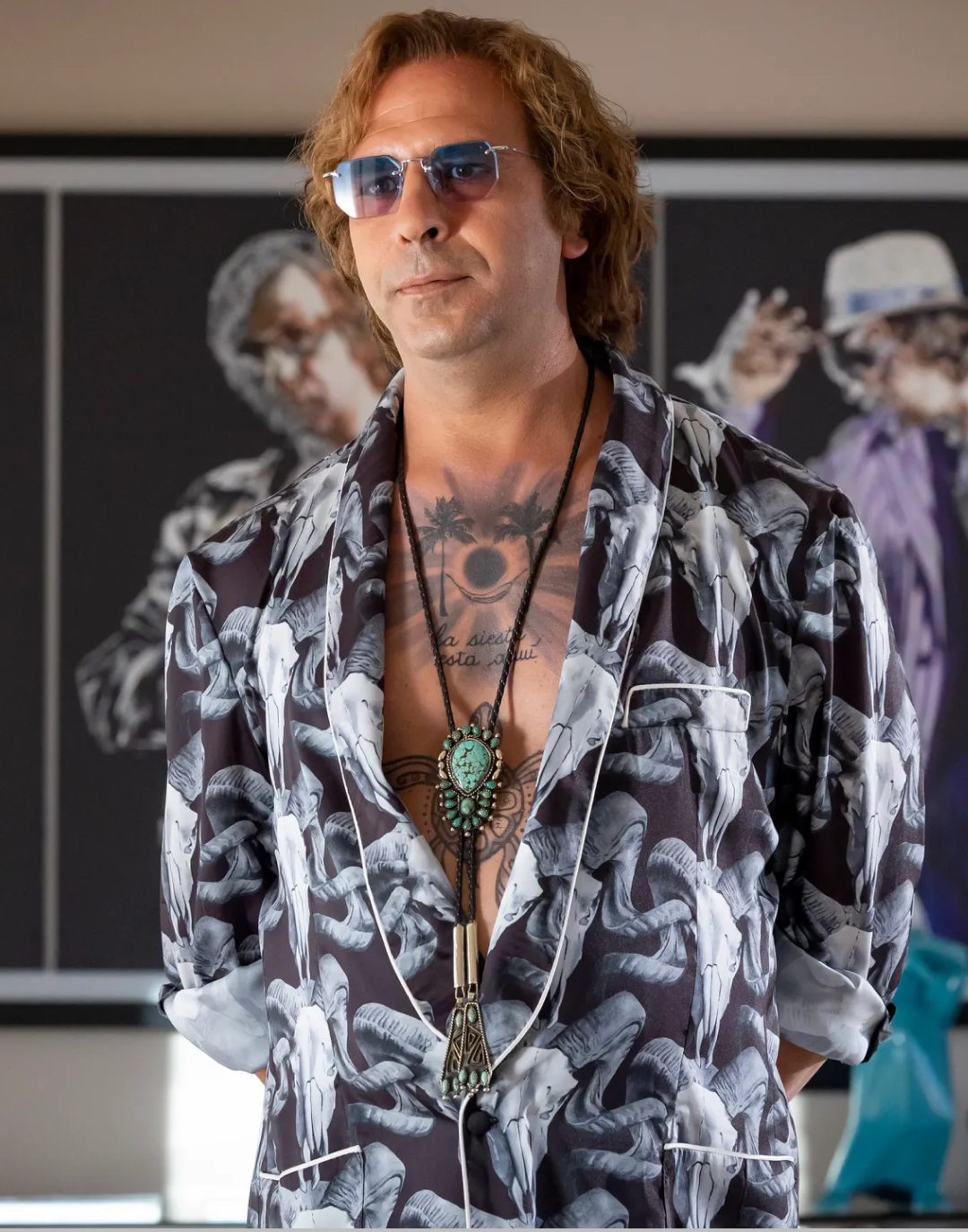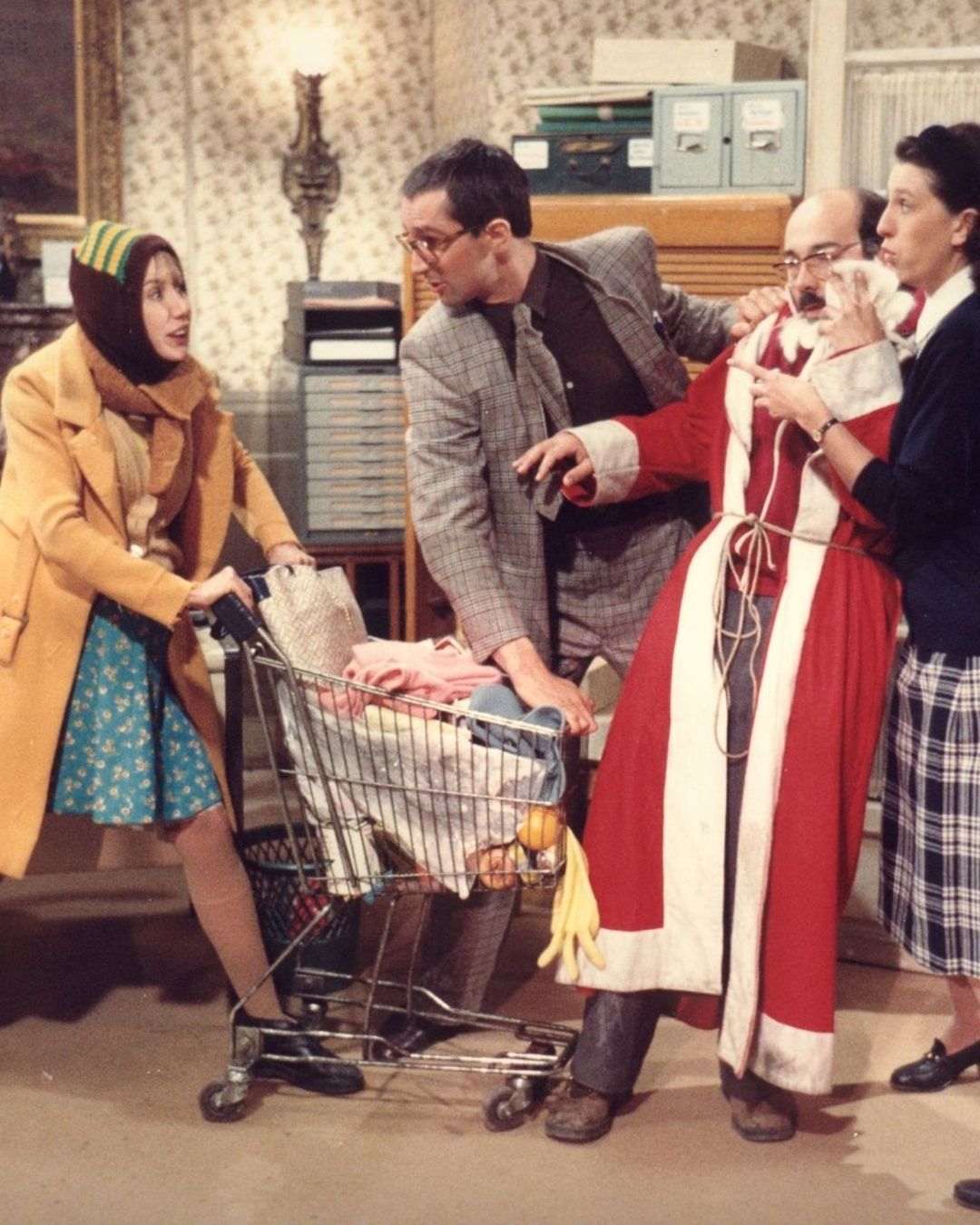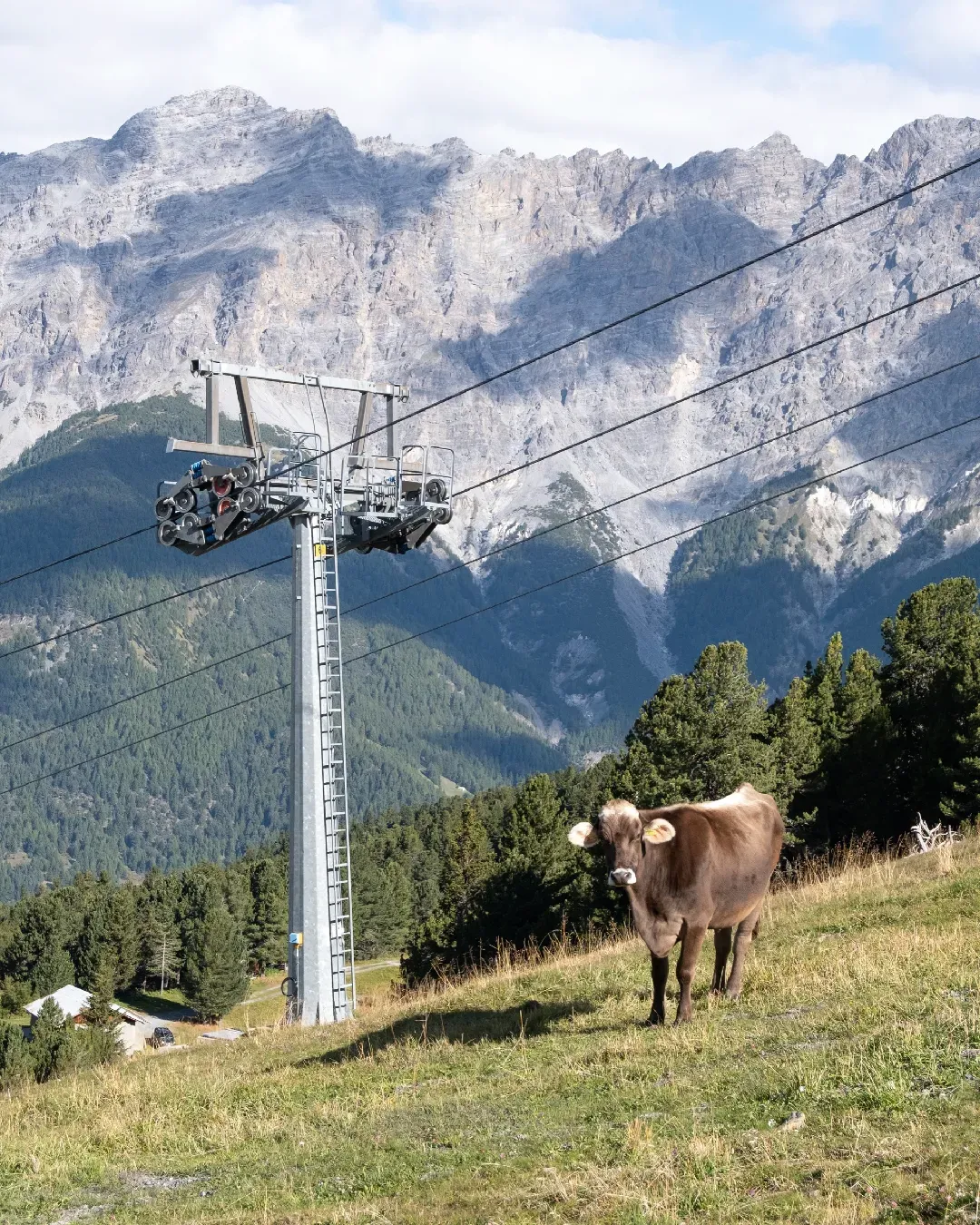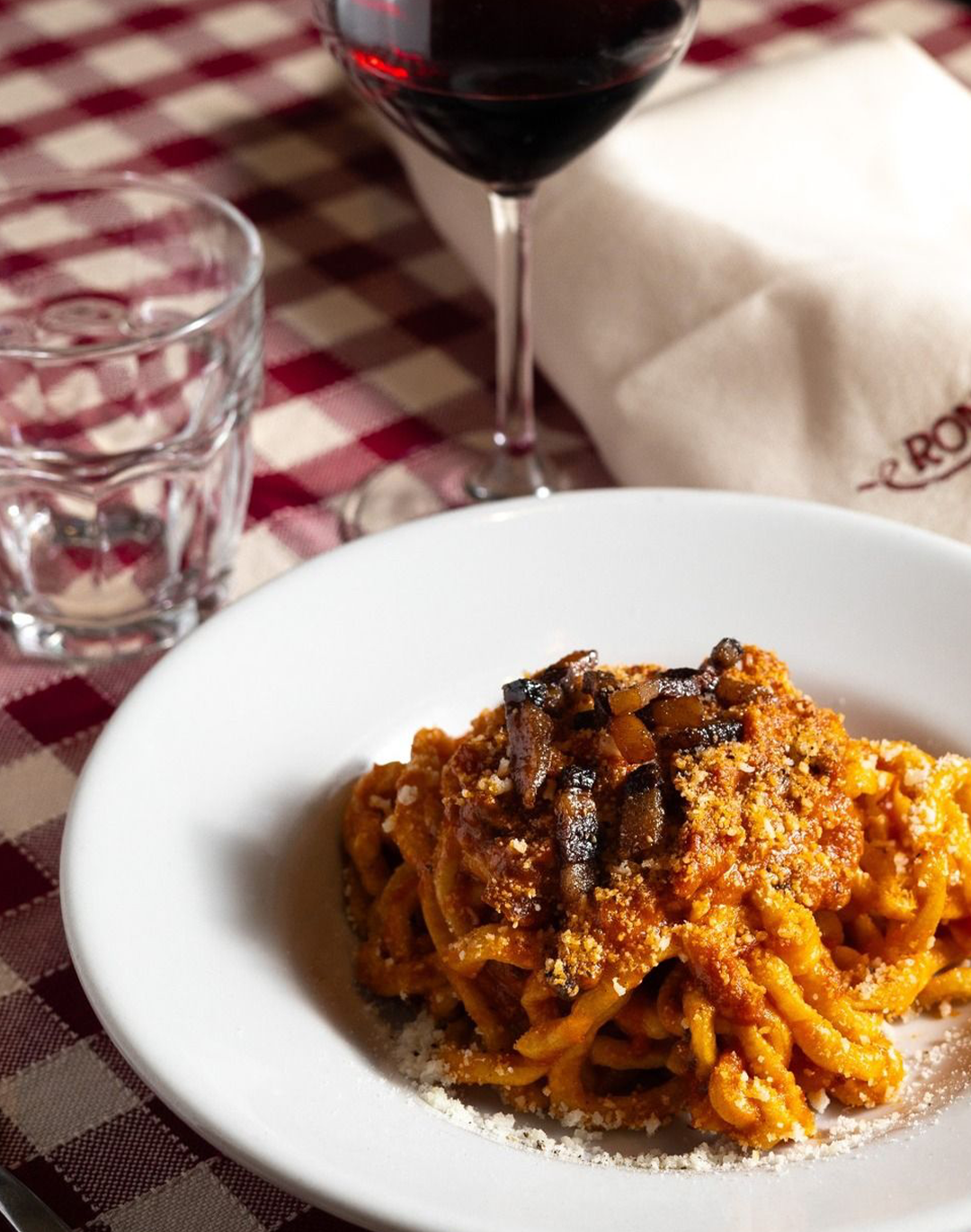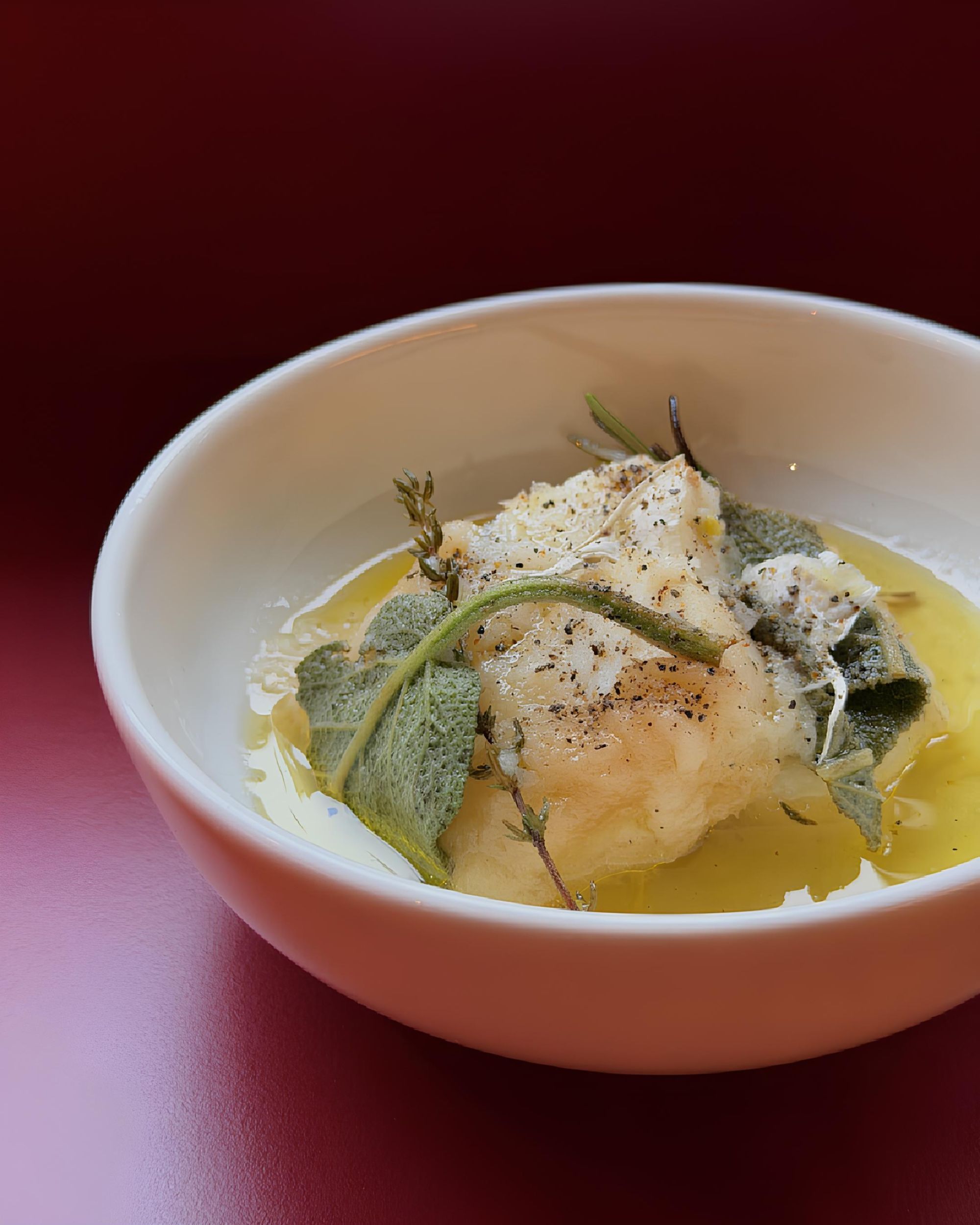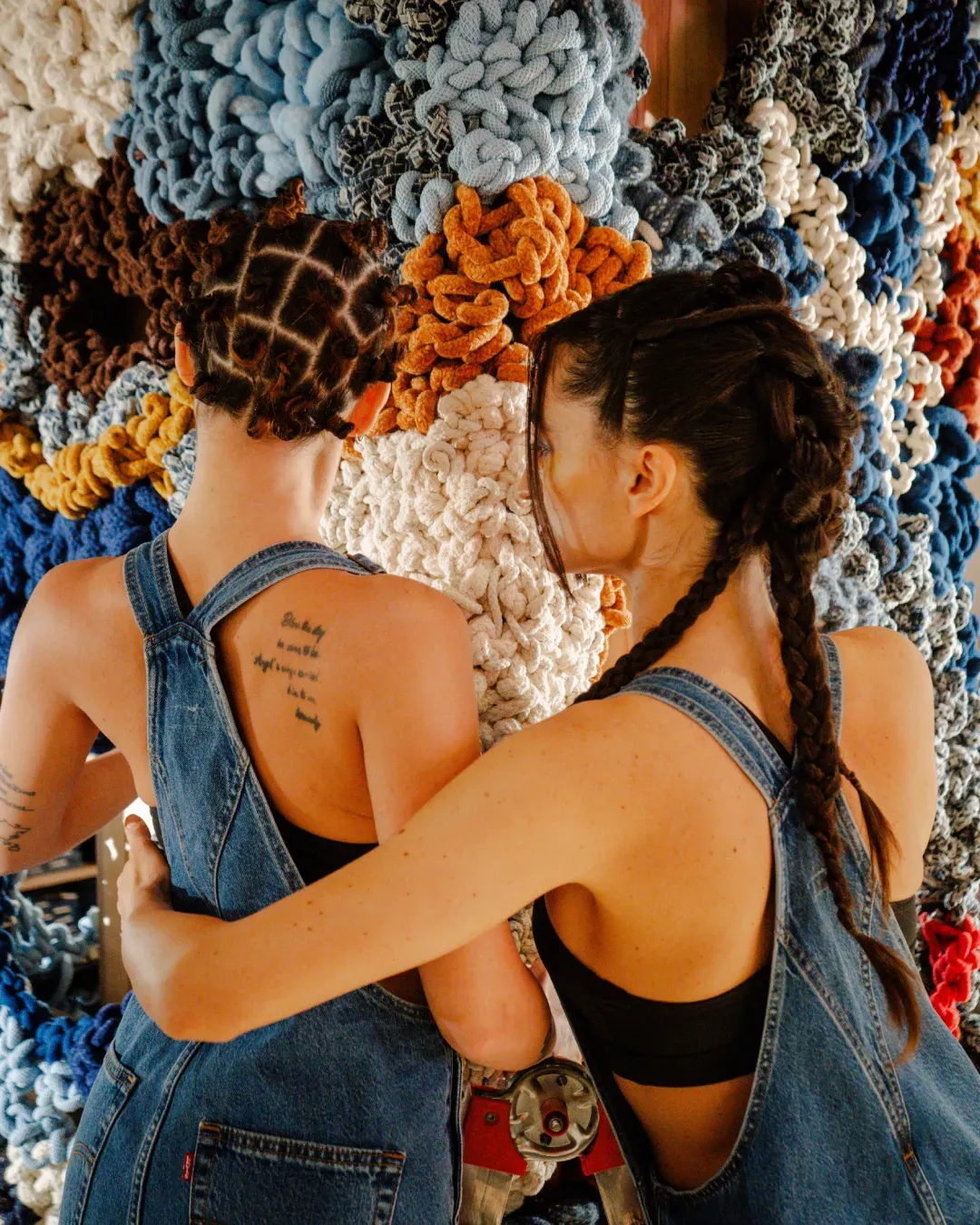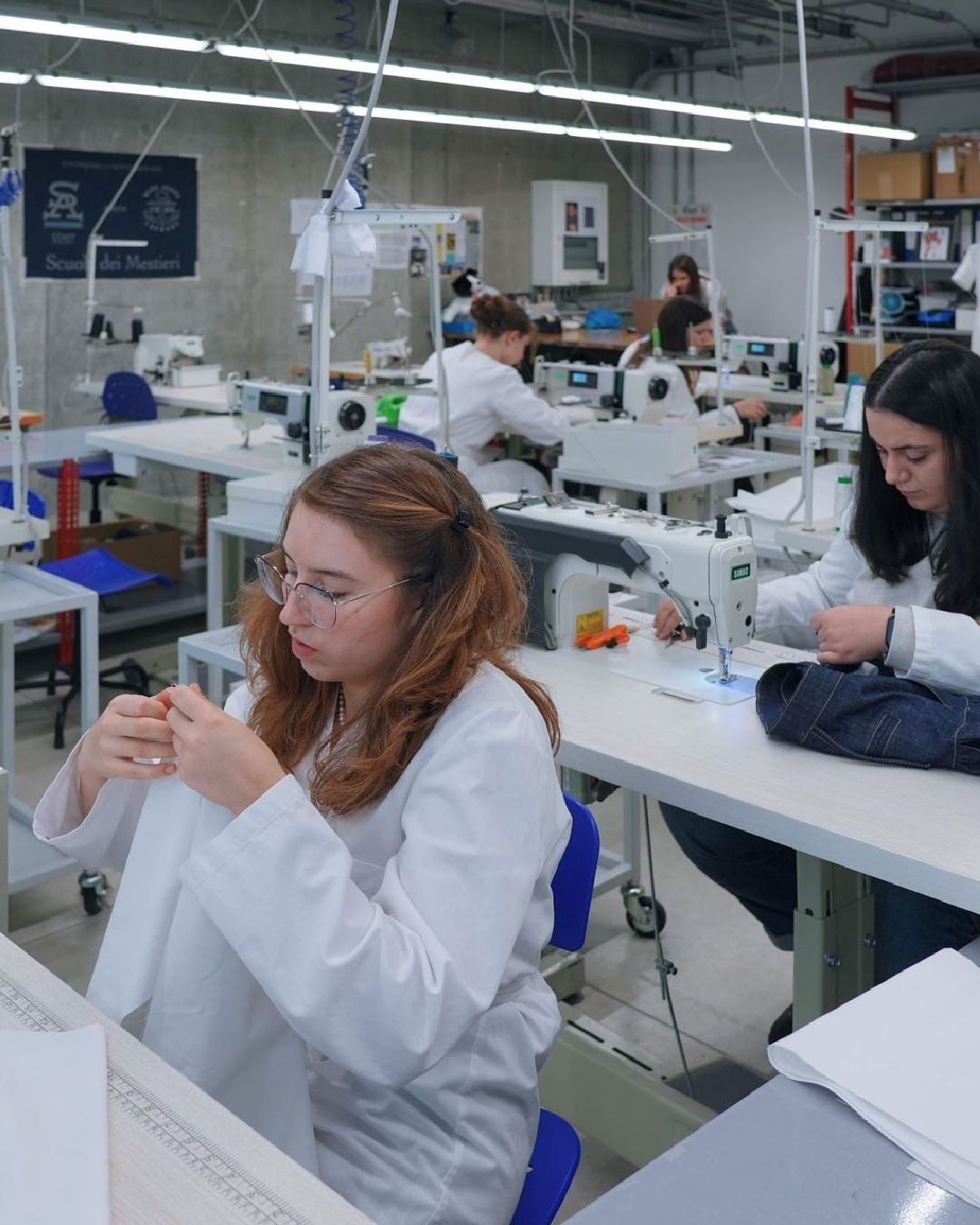
Does fashion in Italy begin and end in Milan? Spoiler - no
In Milan, there are different types of creatives: those who were born and raised in the city, those whose parents cover all their expenses, and those who have to juggle multiple jobs to make a living (and fund their own projects). The cost of living in Milan is extremely high, with rent prices reaching averages of 1000 euros per month even for a small apartment on the outskirts in April 2025. Despite this, the career opportunities the city offers to young people seem to make up for the astronomical costs they must face to achieve their dreams. Fashion in Italy is in Milan, that’s true, but often its reputation precedes it — hiding its flaws. Now that networking can happen remotely, that social media connects us all, and that (apparently) the Italian Railways have launched a €100 billion investment plan to improve transportation across the country, one wonders if, for those working in fashion, Milan really has to be home. After all, Made in Italy isn’t called Made in Milan: Rome, Florence, Naples, Bologna, and entire regions like Veneto and Tuscany were the birthplace of the country’s craftsmanship, where it all began and where some of Italy’s biggest producers are still based today. And while the Lombard capital now represents the main geographic and cultural “bridge” between Italian and international fashion, it must be said that the city truly connects with the outside world only during the sector’s peak weeks, from Fashion to Design Week.
From a historical perspective, Milan’s rise in fashion over Rome and Florence can be traced back to the 1980s, to the Italian advertising and economic boom, and the popularity of Milanese designers of that era. Milan, Italy’s industrial and financial heart, not only promised better infrastructure and direct access to international markets, but also represented accessibility: the famous ready-to-wear women’s fashion which today, in the media, seems to prevail over Rome’s aristocratic luxury or the classic menswear of Florence’s Pitti. Over the years, the Lombard capital has established itself as a global platform, a transformation also fueled by digital development that shifted focus from artisans to more “fashionable” roles like buyer, influencer, and content creator. As Francesco Tombolini, a business executive with over thirty years of international experience in the field, explains, Milan is still relevant while Rome and Florence are outdated as fashion hubs. «These are cities where subcultures either don’t exist or are misused,» says Tombolini, adding that aside from non-Italian locations like «Zurich, Athens, and Antwerp,» new cultural hubs are emerging in Italy as well. While in Rome and Florence there continues to be «a commodification of fashion tied to the old equation of artisan production,» the expert says, «cities like Naples have great potential.» What an emerging brand should prioritize, Tombolini recommends, are channels even before markets. «A designer is also a reflection of the society and culture they live in: building a collection means not only physically, but also in content.» Being in Milan is great for communicating with the international scene, adds Tombolini, but he also warns against aiming too high. «If you try to sell everywhere, know that you will end up selling nowhere. Today, the focus shouldn’t be on market, but on channel,» and this is where contemporary media and new marketplaces come into play — in other words, communication and the brand’s narrative beyond its connection to Milanese life. After all, if you have nothing to say beyond your popularity, it’ll be hard to stand out in the chaos of Fashion Week.
Beyond the high cost of Milanese living, the need to spread Italian fashion beyond Milan answers a need for different narratives. The clearest example of how starting a brand far from Milan can contribute to a designer’s success comes from Federico Cina, founder of the eponymous brand that draws continuous inspiration from his roots, born and stitched in Romagna. From the charming Tortellino bags to the brand’s entire production — entrusted to skilled artisans just steps from the studio in Cesena — every element of the brand’s DNA expresses an unbreakable connection to the region. The FW25 collection, presented in Milan at Fondazione Sozzani and titled Assunta e Giacomo, was a tribute to Cina’s grandparents — a line inspired by their relationship and filled with sartorial references to a traditional rustic past. «My homeland is fundamental to my business,» the designer tells us, emphasizing that beyond allowing him to closely monitor every step of production and distribution, basing the company in Cesena provides added value to the brand’s artistic expression. «For a short time I considered moving the brand to Milan, but I thought it was best to keep its roots firmly in Romagna. Here, I have direct contact with companies in the local production network,» adds Cina, noting that the brand still enjoys strategic support points in Milan, «teams of top professionals who work daily to promote my creations.»
But if someone wanted to start a brand or business away from Milan, do they still have to spend time in the Lombard capital? Federico Cina did, but he studied fashion design at Polimoda in Florence and at the Osaka Bunka Fashion College in Japan. Milan's dynamism initially offered him several opportunities, he tells us, but without «the typical Romagnolo lightheartedness and cheerfulness, it was tough.» Alongside Federico Cina, one could mention Luca Magliano, a designer from Bologna who worked for a period alongside Alessandro Dell’Acqua in Milan before launching the brand that bears his name in his hometown, which still inspires his creative vision. Or the brand Massimo Osti, which also continues in Bologna to promote the founder's legacy with a magnificent archive and local production. But further proof that Italian fashion isn’t just in Milan comes from farther north, in Veneto, where Golden Goose (and we could also mention the OTB conglomerate) continues to invest in the region, managing to withstand the luxury crisis that’s been much discussed lately. The brand continues to expand internationally thanks precisely to the uniqueness of Venetian craftsmanship, a detail cleverly woven into its brand narrative built around originality and the aesthetic imperfections of handmade products. Not coincidentally, the brand’s CEO Silvio Campara attributes the company’s growth to the product’s uniqueness and the warm treatment offered to every customer. «We don’t make the most beautiful product in the world,» Campara said at HAUS in Marghera, «but we understand the importance of good memories for consumers — that’s why they all come back to the store.»
All these brands — from Federico Cina to Magliano, including the footwear giant Golden Goose and the Venice-based OTB group — prove that although Milan offers countless opportunities to creatives dreaming of entering the fashion industry, there are other options: more affordable, often less stressful, and more authentic, rooted in the territory and less trapped by the pressures of the fashion system. While in other countries the fashion industry tends to concentrate in a single major city, in Italy the cultural and production fabric of the sector stretches across the entire peninsula — not just in the most expensive capital — and young people need to learn how to take advantage of it. If the main priority of an independent brand is communication, then having a local and original narrative to share with one’s community (not that Milan lacks one — let’s just say there are already plenty) is worth more than any show on the official Fashion Week calendar. As Cina tells us, after all, «for an independent brand, it’s essential to work on the product, on its recognizability, but above all to tell a story that’s true.»


